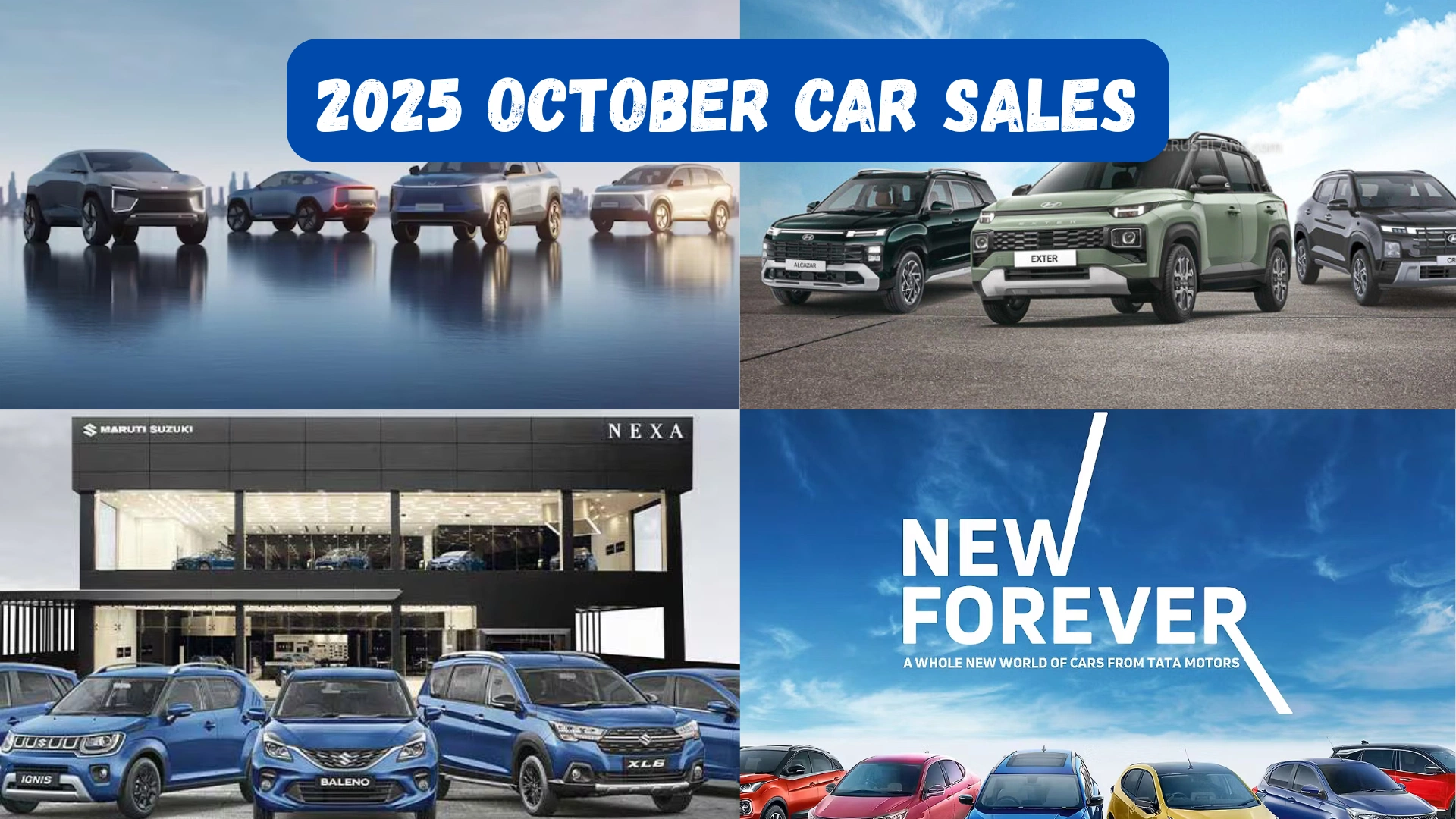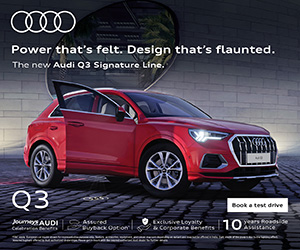Tata Motors is finding new markets for electric vehicles (EVs) to expand its presence worldwide
2024-08-20

Tata Motors is finding new markets for electric vehicles (EVs) to expand its presence worldwide
Shailesh Chandra, the Managing Director of Tata Motors Passenger Vehicles and Tata Passenger Electric Mobility, says the main focus is on getting the cost structure right. This will help Tata's EVs compete with Chinese brands in international markets. They are also planning to include left-hand drive EV markets in their global strategy, which will be finalized later.
The Curvv takes Tata's electric vehicles to the next level by offering a high-range EV at a price similar to a traditional internal combustion engine (ICE) car. Additionally, it reduces the need for frequent charging.
The Curvv advances Tata's electric vehicle journey by offering a high-range EV at a price comparable to traditional gasoline cars, while also reducing the need for frequent charging. New Delhi: Tata Motors is now looking to enter international markets with its range of electric vehicles as part of its next growth phase in this segment.
“It is still work in progress and markets have been identified both in advanced and developing countries. We expect good acceptance of our products owing to the strength of the brand in those markets. Things will be announced in due course of time,” Shailesh Chandra, Managing Director, Tata Motors Passenger Vehicles and Tata Passenger Electric Mobility, told ETAuto.
The company recently launched its latest electric offering, Curvv, in Mumbai and is confident that it will also act as a tailwind to its international business plans. “We have a Curvv kind of vehicle which makes it a global car and the portfolio now becomes even stronger,” he added.
From the company’s point of view, this strategy will involve a combination of multiple markets both in ICE (internal combustion engine) and EVs. It is also not based on “the protection of a barrier” against the Chinese because “we will have to face that challenge”.
No love lost
Chandra believes that the key to success is getting the cost structures right so that Tata Motors can compete with Chinese brands. Tata Motors might also benefit from the growing preference for Indian products, especially given the current tensions between China, the United States, and the European Union. High import tariffs on Chinese EVs have been imposed to prevent them from overshadowing more expensive local brands in Western markets.
For now, much of this is still uncertain as Tata Motors is still developing its global plan for EVs, while China is already making significant progress in this area. Although China faces high tariffs in Western markets, it is not discouraged and is actively exploring alternative EV markets in regions like Latin America and ASEAN.
“The cost structures we are working on are being benchmarked against Chinese (cost structures) and the idea is to try and bring them down to that level. We are still behind them since they have hidden Government subsidies which we don't have. Minus the subsidies, we should try to be as competitive as China and this is what we are attempting to do,” said Chandra.
Tests have already been carried out in right-hand drive markets like the UK and some Commonwealth nations. “We will first focus on RHD regions and are also actively looking at left-hand drive markets since they take up 80% of the export opportunity,” he added.
Falling Battery Prices
Discussing the competitive pricing of the newly launched Curvv, which starts at INR 17.49 lakh for different versions, Chandra mentioned that this was the result of the team's hard work over the past few years. He also noted that while battery prices were expected to drop, they initially spiked before falling sharply by 50% in the last 18 months, particularly in terms of cell prices.
According to him, there was also a lot of work done in maturing the battery pack design — there is a module inside the pack and within this are cells. Within the battery pack are cooling systems, busbars etc and a lot which was imported is now localised.
“We have optimised the design and shifted to a more optimal form of cell chemistry and this, in turn, has led to optimisation of cost4s in the battery pack,” he explained. Beyond this, a whole lot of subsystems have also got localized and it has helped bring down the price of Curvv.
“Since we have entered the midsize SUV segment the difference in GST rates are more considerable than a small car,” said Chandra. All this has helped in the Curvv getting price parity with its counterparts/rivals in the ICE category.
Full freedom EV
What is even more important, from the company’s viewpoint, is the range or battery size (45kWh and 55kWh) where “you are not offering merely a city EV but a full freedom EV” which can handle any intercity drive at the same price of an automatic ICE car.
“It gives a lot of comfort and, additionally, EVs are better in terms of drivability and running costs. With Curvv, there is every reason for an ICE automatic buyer to actively consider an EV,” he said.
Right now, everything seems to be going well, but the situation could change quickly in today's VUCA world—marked by volatility, uncertainty, complexity, and ambiguity. Some believe that prices for both ICE vehicles and EVs could fluctuate due to the current geopolitical tensions, including ongoing conflicts in Europe and West Asia.
Chandra said the outlook may not be as dire as what is generally assumed. As he explained, the cell as a certain part of the cost — and within the cell, the raw material is a fraction of that cost — is only exposed to that level (of volatility). Hence, when it comes to cell price volatility, this will in all likelihood be low and the exposure will be confined to raw material price fluctuations.
JLR synergies for Avinya
Incidentally, work on the new electrical architecture is underway with Jaguar Land Rover on the next big EV launch, Avinya, scheduled to happen in a couple of years. “We are working jointly on a common skateboard, electrical and electronic architecture, software defined vehicle… a lot of synergies are happening with Avinya as the pivot,” said Chandra.
According to him, every product has played a role in Tata Motors’ electric journey thus far. The Nexon made EVs aspirational given that they did not have this kind of appeal till then. “Nexon brought in early adopters and made EVs practical and something that could be bought and used well,” said Chandra.
Tiago, which was next in line, was disruptive. Till then, people thought EVs were only for the wealthier sections of society but at INR 8.5 lakh, it brought in new buyers from the mainstream category. As an intracity offering, it became viable and took EVs to the next level of demand.
“Then you had a Punch which came in between these two. It gave you a higher range car similar to Nexon and at a price point which was less than INR 15 lakh. It became an active consideration for people who wanted this as their primary/solo car with the flexibility of intercity drives,” said Chandra.
Another high with Curvv
The Curvv now takes the EV saga to the next level where it brings price parity for a high range car with ICE and where the dependence on charging has come down. As he put it, intercity drives are seldom over 400 kilometres and there would really be no need for a charger for a Curvv doing the stretch from Bengaluru to Chennai. The fact that it is also an elegant SUV coupe makes the latest EV a “compelling proposition”.
Tata Motors’ confidence in electric also stems from the periodic surveys it carries out with its buyers. There was one done recently for 10,000 EV customers where 75% of them said they were using the EV as their primary car. This was a welcome feedback on the acceptance of EVs given that they were generally perceived as the second car in the family after an ICE model, considered easier for intercity travel.
Survey findings
The survey also showed that 36% of these 10,000 EV customers decided to let go their ICE model. “Clearly EVs are more sought after because as you begin using them, the anxieties disappear and there is no point keeping the ICE car any longer. Curvv should further embolden people to use it as their only car in the family,” said Chandra.
Yet, it wasn't as if everything was hunky-dory for EVs in the survey. Customers continued to be anxious about range and also sought more charging infrastructure to be readied. Some complained that the present charging stations did not work reliably either.
What also came through clearly was that people said they were opting for EVs to do their bit for a cleaner environment. This aspiration was beyond the benefits coming in from running costs — still the dominant factor — and the overall driving experience.

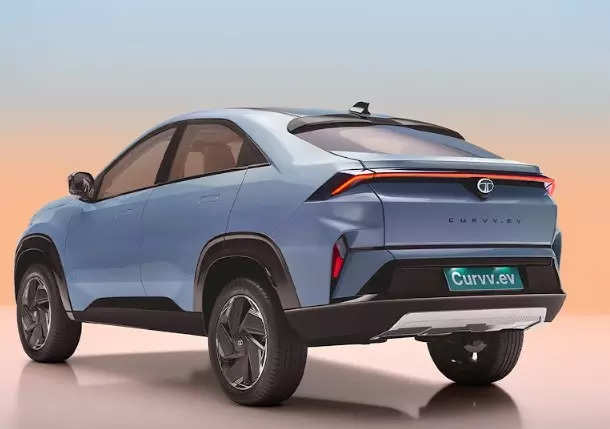
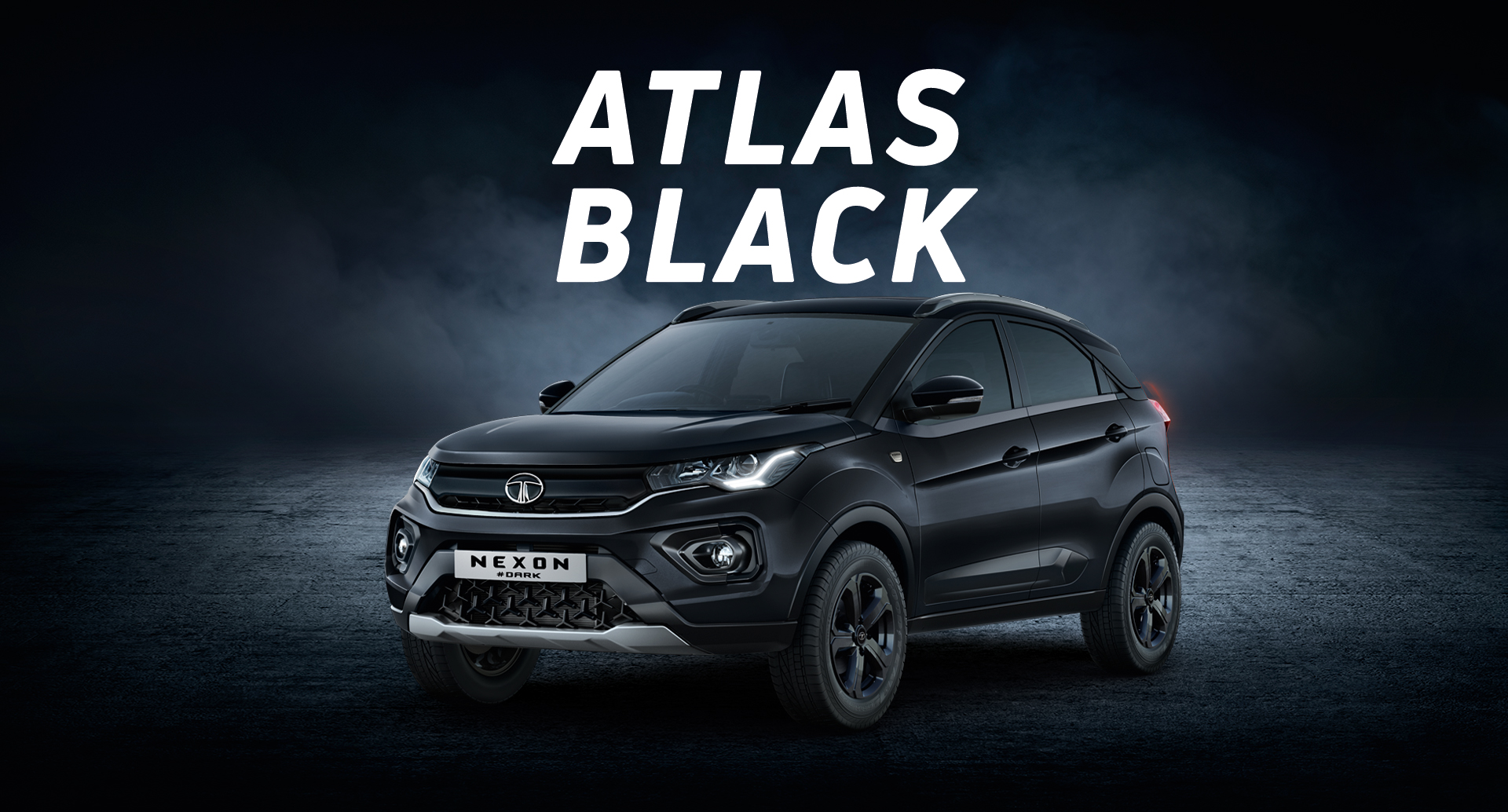
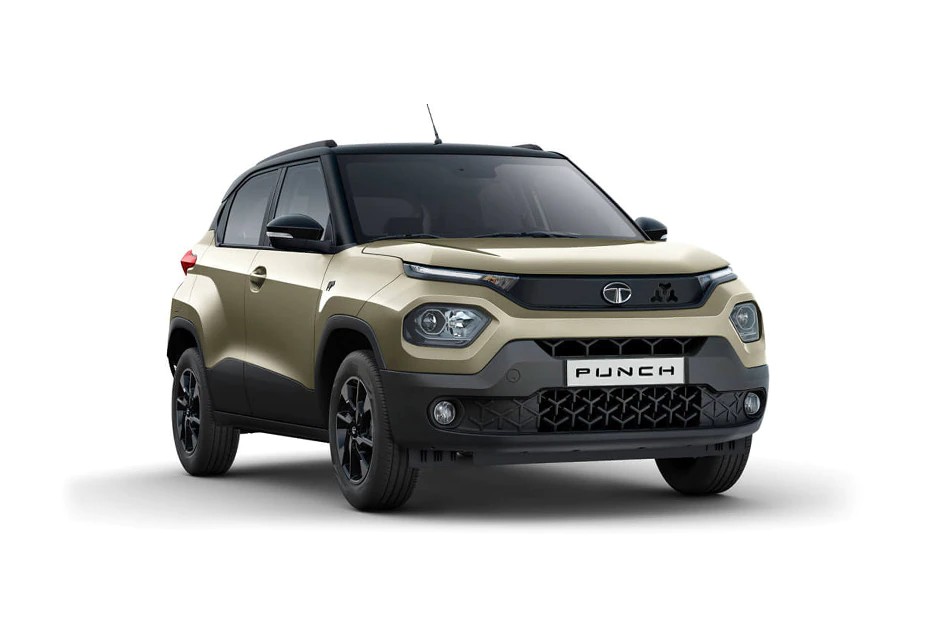

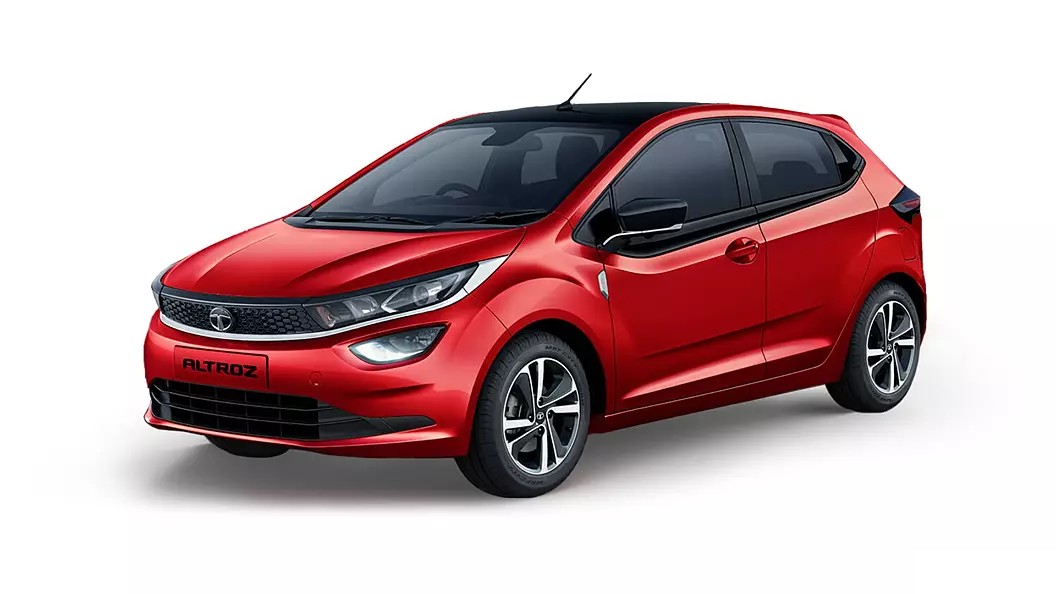



.jpg)


.jpg)
.jpg)
.jpg)
.jpg)
.jpg)
